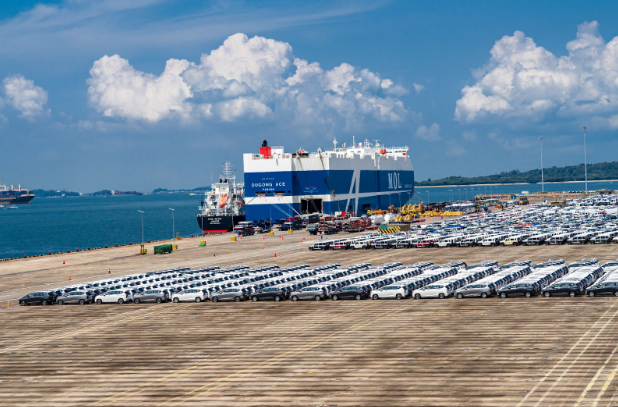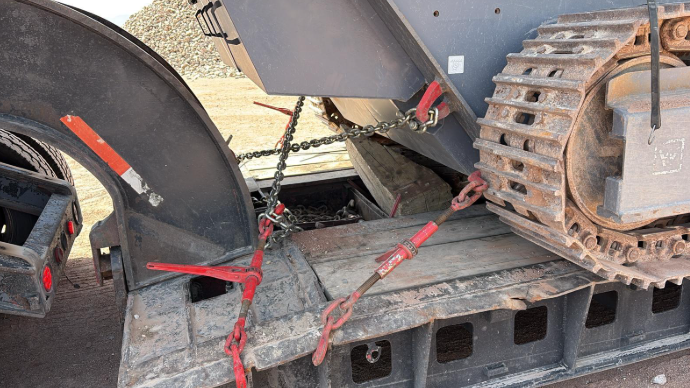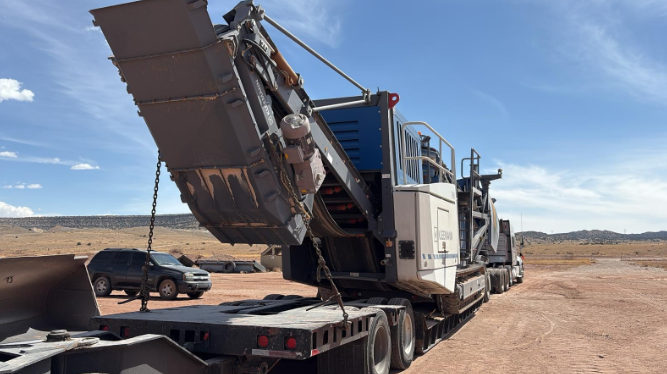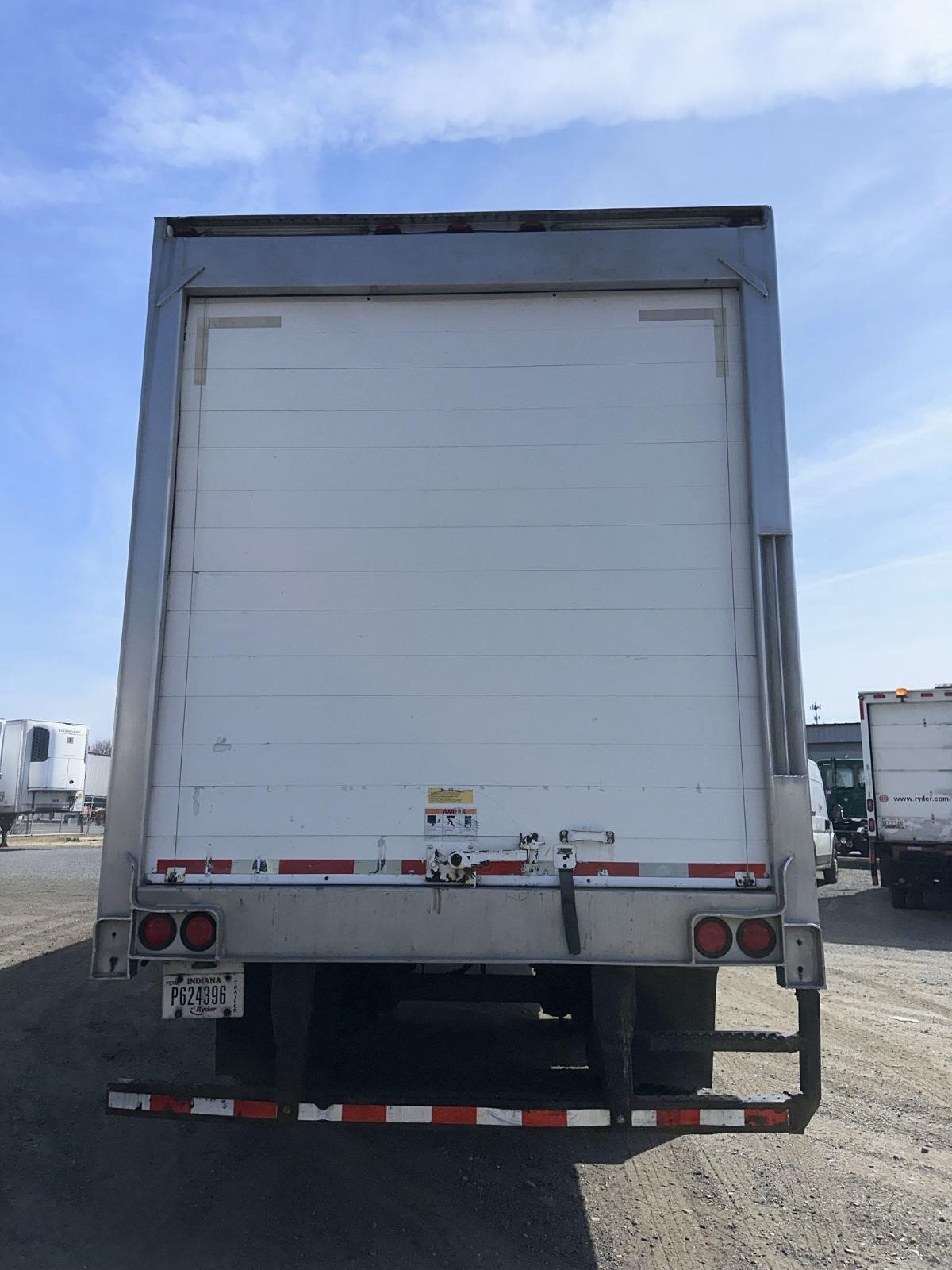Photo by Siraphol Siricharattakul on Vecteezy: Colourful shipping containers stacked on top of one another
When it comes to international shipping, how you move your cargo matters just as much as where it’s going. Choosing between RORO and container shipping can shape everything—from your bottom line to your delivery timeline.
While both are powerful options, understanding the key differences helps avoid delays and reduce expenses. At STT Logistics Group, we simplify the complex—helping you make informed choices that keep your operations running smoothly.
In this guide, we’ll explore both RORO and container shipping methods in detail, examining their advantages, disadvantages, and the factors that should influence your decision for specific cargo types and destinations.
| Key TakeawaysRORO shipping works best for wheeled cargo, offering faster, more cost-effective loading—but with fewer route options and less cargo flexibility.Container shipping provides global reach and sealed protection for all kinds of freight, though it may involve higher costs and more complex handling.The right shipping method depends on your cargo type, route, security needs, and budget.For smaller loads, container shipping often wins on cost through Less Than Container Load (LCL) options.Effective shipping is about balance—speed, safety, cost, and handling requirements all matter.International freight involves customs, compliance, and coordination—get it wrong, and delays or added fees follow.Working with an expert broker like STT Logistics Group helps you choose smarter, move faster, and avoid unnecessary headaches. |
What Is RORO Shipping?
As you might guess from the name, RORO (Roll-On/Roll-Off) vessels let wheeled cargo roll directly on and off the ship—no need for cranes or containers. Think of it as a multi-deck parking garage at sea.
The beauty of this system? Its simplicity. The concept is straightforward: drive it on, secure it, set sail, arrive into port, then drive it off.
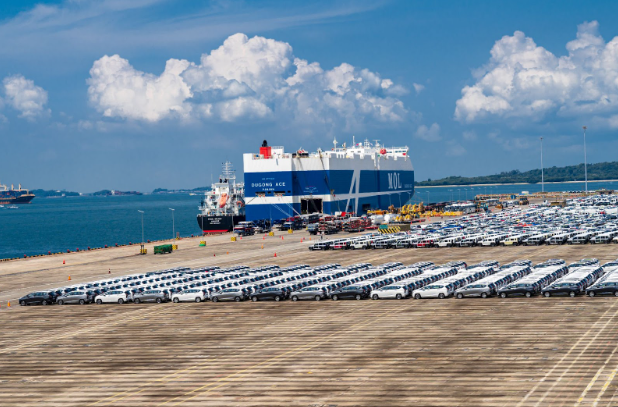
Advantages of Roro Shipping
The straightforward drive-on, drive-off process of RORO vessels dramatically reduces damage risk, as there are no complex lifting operations. This means fewer chances for something to go wrong, which is definitely a huge bonus in the unpredictable world of freight shipping.
Here is what makes RORO an STT favourite:
- Efficiency: These vessels typically complete port operations in significantly less time than container ships, cutting down on both costs and transit duration.
- Cost-Effectiveness: For shipping vehicles and wheeled machinery, RORO is particularly cost-effective by eliminating the need for expensive container securing systems.
- Capacity for Oversized Cargo: RORO vessels can accommodate oversized cargo that would never fit into standard containers, making them invaluable for industrial shipping projects where size matters.
Disadvantages of RORO Shipping
While RORO (Roll-on/Roll-off) shipping certainly has specialized advantages for transporting wheeled cargo, it also presents several limitations that affect its broader applicability in global trade. These limitations stem from its design and operational constraints, which are important to consider for shippers.
Here are the main ones:
- Specialization Limitation: RORO is ideal for wheeled cargo but not suitable for other diverse cargo types that dominate global trade.
- Exposure to Elements: The open deck design increases vulnerability to salt spray and adverse weather conditions during ocean transit.
- Security Concerns: The shared deck space in RORO shipping means vehicles are parked closely together, with minimal physical barriers between them, which can lead to increased risk of theft, vandalism, or unauthorized access.
- Limited Network: RORO routes, ports, and shipping options are relatively sparse compared to the extensive container network that reaches almost everywhere.
What is Container Shipping?
Container shipping revolves around those standardized metal boxes—we all know what they look like—that have become the building blocks of modern global commerce. These uniform freight containers follow a carefully choreographed journey from origin to destination, lifted by massive cranes onto ships designed to maximize carrying capacity.
The scale is impressive: modern vessels can transport thousands of containers simultaneously, creating an efficiency that has fundamentally transformed international trade patterns. Without these humble boxes, global supply chains as we know them simply would not exist. In short, cargo containers are the unsung heroes of world commerce.
Advantages of Container Shipping
Containers are the backbone of modern shipping, with unparalleled versatility and security. They are essential for transporting a wide range of goods, from sensitive electronics and luxury boats to fresh produce, fashion apparel, medical supplies, toys, artwork, and in this case, a James Bond submarine car, across the globe!
Thanks to their standardized design and global network, they’re an indispensable part of international trade. Here are some of the main reasons why, at STT, we consider freight containers to be our lifeblood:
- Versatility: Containers can hold virtually anything, from sports equipment to gourmet foods and luxury furniture, and from musical instruments and books to prefabricated homes.
- Protection: These metal boxes shield cargo from the harsh conditions of ocean transport, keeping it dry and secure.
- Security: With standardized designs, robust tracking systems, and reduced handling, containers provide multiple layers of protection against theft and damage.
- Global Reach: Container shipping connects major ports and smaller destinations worldwide, offering unmatched options for global transport, whether you’re sending freight to far-flung ports like Papeete or the remote shores of Easter Island, or dealing with bustling ports like Rotterdam or Shanghai.
Disadvantages of Container Shipping
Shipping vehicles in containers can certainly end up being costly, and this is mainly due to the need for specialized equipment and skilled labor. This method, while protective and reliable, introduces complexities that can affect your shipping timeline.
Here are some key considerations:
- Higher Costs: The use of specialized equipment and labor increases expenses.
- Complex Loading and Unloading: Requires skilled personnel and specialized tools, potentially causing delays.
- Size Limitations: Container dimensions restrict cargo size, necessitating alternative arrangements for oversized items.
- Increased Handling Risks: Multiple handling stages elevate the risk of damage compared to the simpler RORO process, where vehicles are driven on and off with minimal handling.
Market Comparison of RORO vs. Container Shipping
| Metric | RORO Shipping | Container Shipping |
| 2024 Market Size | $26.25 billion | $120.69 billion |
| Projected Market Size | $30.39 billion by 2033 | $146.79 billion by 2031 |
| CAGR | 5% (2024–2033) | 4.99% (2024–2031) |
| High & Heavy Segment Growth | 6.32% CAGR (2024–2032) | N/A |
| Asia-Pacific Market Share | 40.34% in 2023 | 50% in 2024 |
| Global Volume Growth (2024) | N/A | +6.2% |
RORO or Container Shipping? Four Key Factors to Consider
The fundamental distinction between these shipping methods comes down to what they carry best. As explained earlier, RORO specializes in anything with wheels, while containers handle pretty much everything else.
| Factor | RORO Shipping | Container Shipping |
| 1. Loading Approach | Drive-on, drive-off process; minimal handling | Crane-lifted onto vessels; requires skilled labor and equipment |
| 2. Environmental Protection | Cargo exposed to weather and salt spray during transit | Cargo sealed in containers; protected from the elements |
| 3. Cost Considerations | Typically more cost-effective for multiple vehicles or oversized wheeled cargo | More economical for mixed, smaller shipments (e.g., via LCL); higher base costs |
| 4. Network & Frequency | Limited port access and sailing frequency | Extensive global network with frequent departures to most destinations |
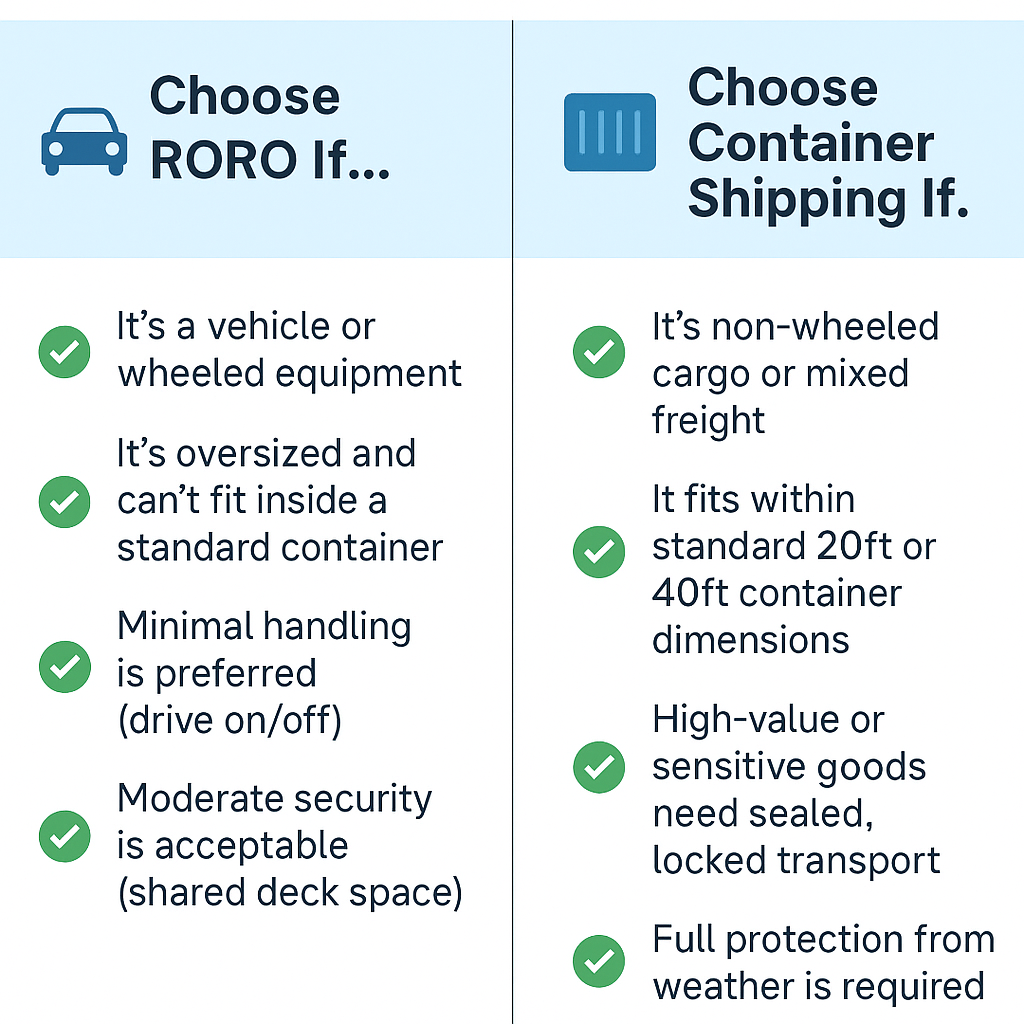
When to Choose Roro Over Container Shipping for Rolling Cargo?
While RORO shipping might be the default for anything on wheels, that doesn’t mean it’s always the best option. There are certain scenarios where container shipping is the smarter choice for rollable equipment, even if it means driving that vehicle into a metal box rather than onto a ship deck. The most common reasons?
- Security
- Condition
- Destination
If your cargo is high-value—like a luxury SUV, prototype vehicle, or a custom machine—container shipping provides an extra layer of protection. Once sealed inside, the vehicle is shielded from weather, dust, salt spray, and any potential tampering. That’s a big deal when condition-on-arrival is non-negotiable.
You’ll also want to go container if the destination port doesn’t accept RORO vessels. In many parts of the world, especially smaller or inland ports, containers are the only shipping method available. So even if your equipment has wheels, it may need to be containerized just to complete the journey.
Cost Considerations When Choosing Your Shipping Method
Volume is crucial in choosing cost-effective shipping. Container shipping is economical for smaller shipments via Less Than Container Load (LCL) options. For valuable cargo, the added protection of container shipping can justify higher rates.
Some remote ports only accept container vessels, excluding RORO regardless of cost. LCL shipping is ideal when full containers aren’t needed, offering value without paying for unused space.
Smart Solutions Tailored to Your Route and Cargo
At STT Logistics Group, there’s no one-size-fits-all when it comes to international shipping. Each cargo type, destination, and budget requires a different solution—and we help our customers choose the one that fits best.
“When it comes to RORO and container shipping, the most important thing is that we walk through the process with the customer and assess the option that adapts best to their needs.”
Saul Alvarez, STT Senior Freight Broker
Rather than being about comparing costs, this is about providing real insight based on years of experience and strategic partnerships across ports, yards, and carriers. Whether you’re exporting construction equipment to Guatemala or vehicles to the Dominican Republic, we’ve got dedicated lanes and rapid quoting options to match.
From Newark, NJ to Freeport, TX, our access to multiple ports lets us keep things moving—fast. That means fewer handoffs, fewer headaches, and less chance of delays down the line.
Environmental Impact and Sustainability Considerations
Sustainability in international shipping is crucial as businesses aim to reduce their carbon footprint. Here’s how RORO and container shipping compare:
RORO Shipping:
- Efficient for vehicles and machinery.
- Fewer sustainability upgrades but greener than breakbulk or air transport.
- Reduces handling and logistics for multiple vehicles, cutting emissions from packaging.
Container Shipping:
- Generally more sustainable.
- Larger, fuel-efficient vessels.
- Optimized routing reduces emissions per ton.
- Efficient consolidation minimizes trips, fuel usage, and costs
At STT Logistics Group, we prioritize responsible shipping choices. Whether you aim to lower your environmental impact or understand your shipment’s carbon footprint, we help you choose options that align with your values and goals.
Smart shipping, smarter planet. Let us guide you in selecting a method that meets your needs while supporting a sustainable supply chain.
Getting Things Right for Your Logistics Needs
At STT Logistics Group, we believe the best decisions come from understanding all your options. Working with logistics providers who understand both shipping methods ensures you receive guidance based on actual cargo requirements rather than predetermined preferences.
The optimal shipping solution emerges from carefully weighing your specific priorities around cost, security, handling needs, and delivery timelines against the unique characteristics of your cargo.
Whether RORO’s simplicity for wheeled transport or container shipping’s versatility for diverse goods better suits your needs, our expertise covers both worlds—giving you a comprehensive shipping service that functions as a strategic advantage to keep your supply chain moving smoothly.
“When you combine our expertise in heavy industry transportation within the US with our international shipping capabilities, you get a one-stop shop. You deal with one provider instead of juggling multiple carriers—eliminating potential loopholes that could delay things at the port.”
Saul Alvarez, STT Senior Freight Broker
This single-provider approach means better coordination across every phase of your shipment—from loading at the yard to customs clearance and final delivery. It’s how we deliver peace of mind every step of the way.
Tailored Shipping Solutions, Every Time
You call, we haul. That is all—it is the philosophy that drives our commitment to finding your perfect shipping solution. Our team balances the technical considerations of both RORO and container shipping with your specific business requirements, getting your cargo to its destination efficiently, securely, and cost-effectively.Ready to experience logistics done right? Get a free quote through our website or give us a call on +1(786) 709-9664 to discover how we can transform your shipping challenges into smooth, fuss-free operations.
